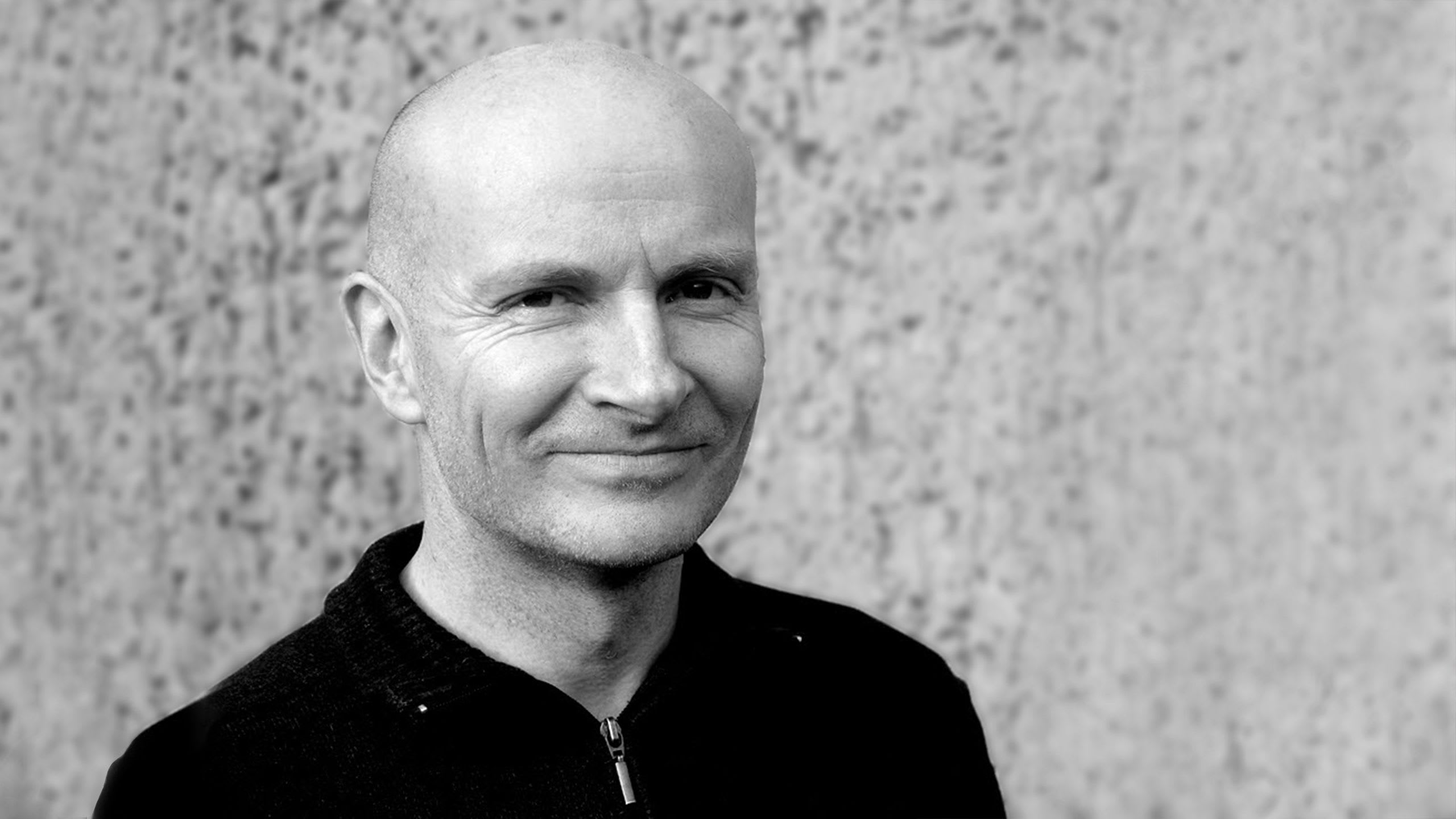Arjit Kapoor (Chaosconstruct) is a social scientist in-the-making, who indulges in generative art exploring natural systems and designing art that takes inspiration from what is natural and organic. I spoke with Arjit in advance of his upcoming Art Blocks project Synapses.
Jeff Davis: Hi Arjit, it’s great to speak with you. How did you first get into making art?
Arjit Kapoor: Well, it was a serendipitous encounter for me. I was a recent college graduate and going through a very rough patch of my life. Being a chaotic explorer myself, I stumbled upon Anders Hoff's work on generative systems. I spent the whole night trying to understand what it was, being awestruck of what I saw. That night, things started to change for me, I finally found a new hobby. I felt my spirit alive again.

JD: And so how did that discovery lead you to start creating generative art yourself?
AK: After exploring Inconvergent, it was not easy to dive straight into it. I knew a bit of coding but not enough for me to start making these mind-blowing visuals. My second inspiration came from reading Matt Person's book “Generative Art,” which provided me with fundamentals and insights, and this was the first time I started playing with Processing. It's been four years now, though I am not a disciplined artist, I love creating generative art whenever inspiration strikes me.

JD: From there, how did you discover NFTs/crypto art?
AK: One of the well-known crypto artists, who I really admire, Fabin Rasheed introduced me to the concept of NFT. I was still a bit confused like many others who try to dip their toes but kept my cognitive dissonance at bay. I applied to Async, where I minted my first generative work Carbon Study. It opened a whole new horizon for me.
JD: How do you feel your creative practice has changed over time?
AK: Funny enough, this was the exact question I had in my mind a few days ago. I realized initially I started working by recreating some of the works from Inconvergent, but I realized that it was enough to just recreate the true pleasure of finding my own inspiration specifically from nature. For this, I started reading research papers in which researchers tried to figure out “algorithms” that shape these natural structures, like Physarum or trying differential growth which is one of the ways some special flowers evolve. Recently, I started a new exploration, seeing if I can mimic traditional techniques in painting using code, like some of my art tries to mimic the shading effect from a pencil.
JD: Any recent accomplishments you’d like to share?
AK: Exploring generative art not only helped me overcome tough times; I believe it also reshaped my mind to look at things from a different perspective. I didn't realize that spending so many days trying to create something using particle systems, helped me develop system thinking. And then reading about complex systems to get inspiration to create more art. This has opened a lot of avenues for me to explore in life. And exactly six months ago, I got accepted into my dream university to pursue an interesting program in social systems. I cannot imagine how it would have been possible if I hadn’t worked on generative art.

JD: Alright, let’s talk about Synapses. What was your inspiration behind that project?
AK: I wanted to try something different where I mix natural mechanics like flocking behavior with simulated painting techniques. Synapses is where I landed. It's a particle system with thousands of particles roaming, and their movement resembles a graphite smudge on the white canvas. I would like people to see what organic growth looks like in nature when you fast-forward a bit. Synapses is about the growth, how different particles move around the canvas in a different orientation and give rise to a visual structure at the end. But the most amazing aspect is the growth that happens between the start and the end. I hope it feels as natural to a collector as it felt to me the first time I created it.
JD: Anything else people should know to better understand your art?
AK: All my attempts in generative art are about making my work as natural as possible. I find that the best compliment I can get is when people mistake it for a natural painting or something more organic in the natural sense.
JD: Awesome, I’m looking forward to the drop. You can follow Arjit on Instagram and Twitter.
First published 02 April 2021: https://beta.cent.co/artblocks/+5trghe.



